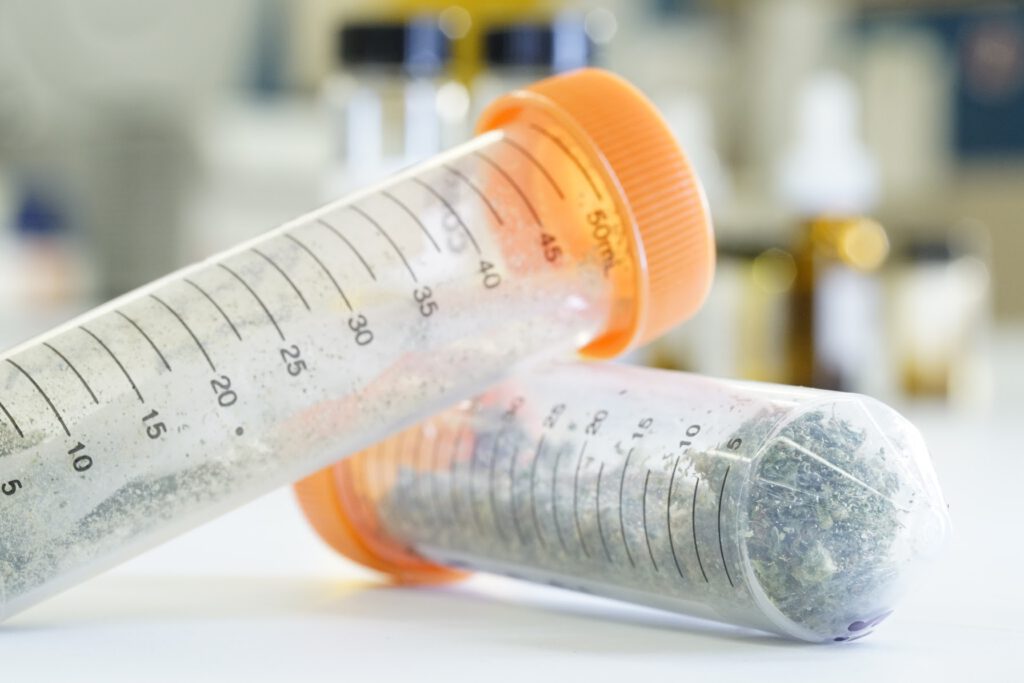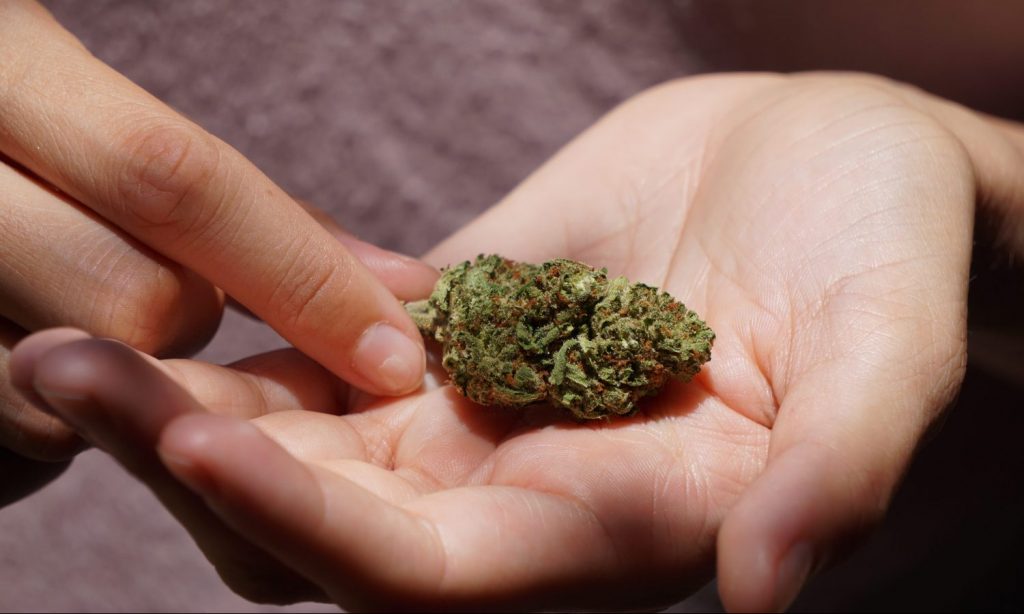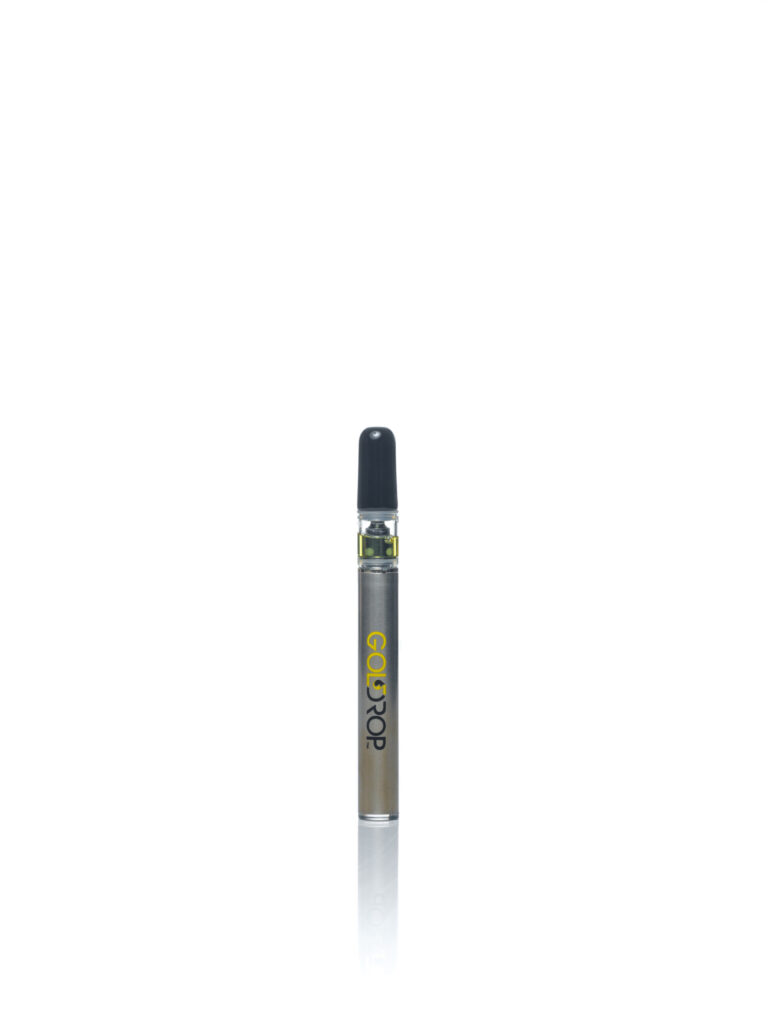Cannabis companies haven't made many deals outside of its own industry, but a couple of the more notable ones have involved tobacco. Altria (NYSE:MO) invested $1.8 billion into Cronos Group (NASDAQ:CRON) back in 2018 to take a 45% stake in its business. And last month, British American Tobacco (NYSE:BTI) invested roughly $176 million in OrganiGram Holdings (NASDAQ:OGI), which represents a 20% stake in the cannabis company.
Not only is the cannabis industry moving further into the mainstream as more states legalize marijuana, but there's also a growing pressure on the tobacco industry to diversify its offerings. And a new projection could put pressure on tobacco companies to act sooner rather than later.
Could all the smokers disappear?
According to analysts at Jefferies, conventional smokers could be gone from many markets around the world within just two decades. This isn't because smokers won't still demand the products, but instead that countries are trying to move away from smoking and tobacco companies by offering reduced-risk products (RRPs). Analysts point to vaping and oral nicotine as alternatives that smokers may end up turning to.
Philip Morris International (NYSE:PM) sells IQOS, an electronic cigarette that heats tobacco rather than burns it. However, it still has a long way to go in proving it can be a meaningful alternative for smokers. One quarter of the $28.7 billion in net sales that Philip Morris generated last year was related to RRPs. And of that total, IQOS accounted for just 7%. Switching to other products likely isn't all about safety, either, as tobacco companies also need to find more avenues to grow. Philip Morris' 2020 revenue was down from 2019's tally of $29.8 billion, and its top line is nearly unchanged from what it was in 2017. British American Tobacco's sales also declined in 2020 and over two years are up just over 5%.
Why cannabis may be the ideal option for tobacco
A big reason why industries are hesitant to get involved with cannabis is that it's risky. Federal prohibition means that products can't be transported into the U.S. from abroad or across state lines, and some businesses aren't willing to risk damaging their wholesome images. That's what Berkshire Hathaway executive Charlie Munger pointed to in a 2019 interview, saying it would be a mistake if soft drink giant Coca-Cola were to ever attempt to mix marijuana with its products.





